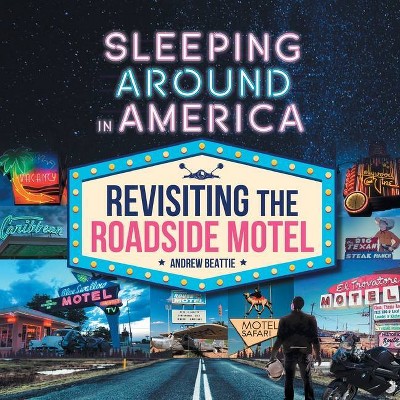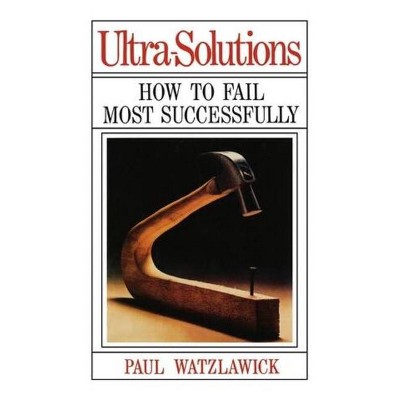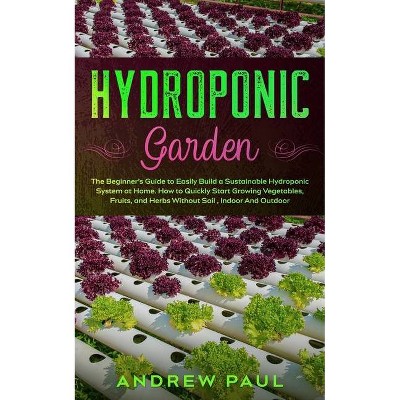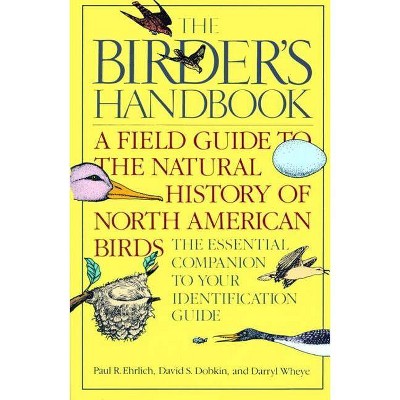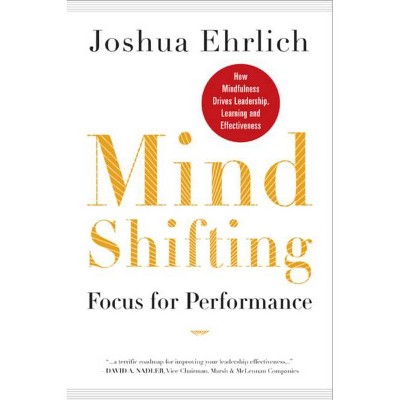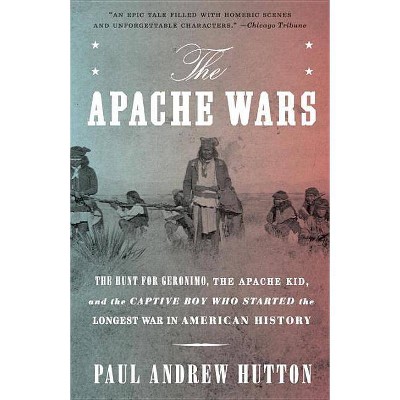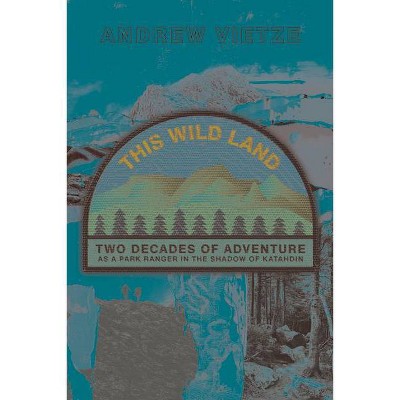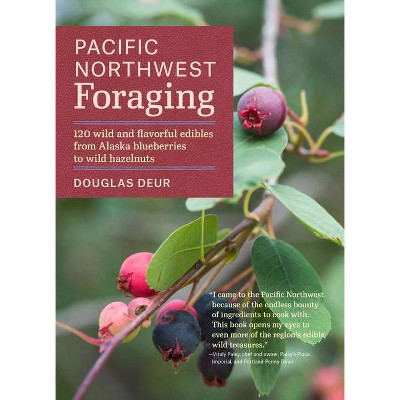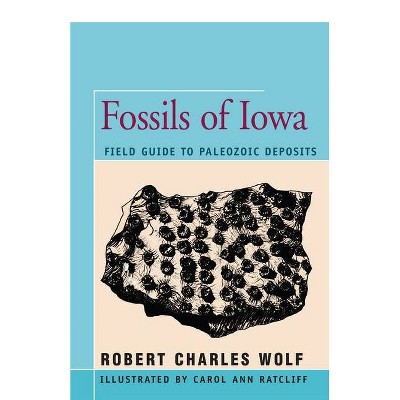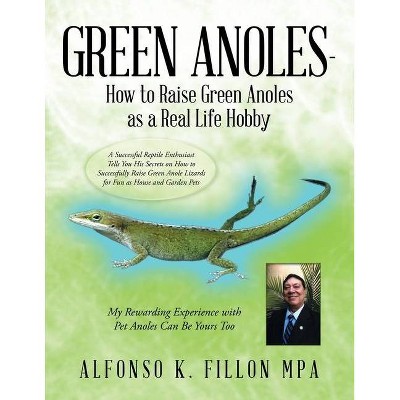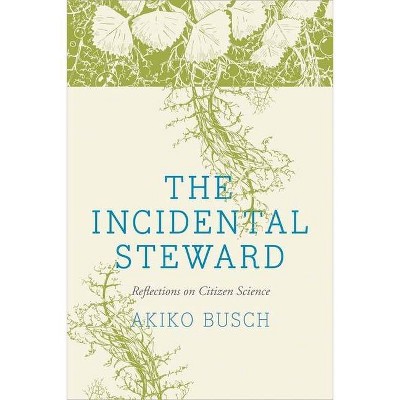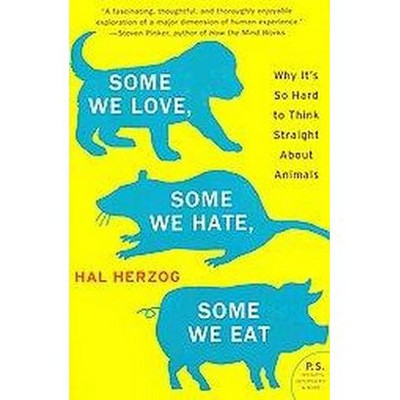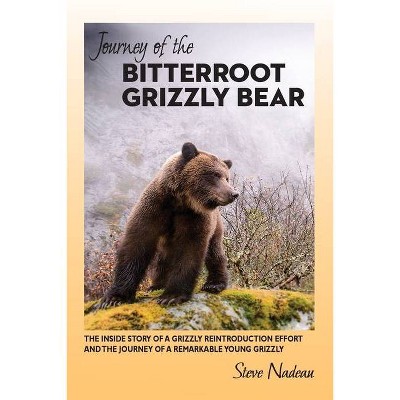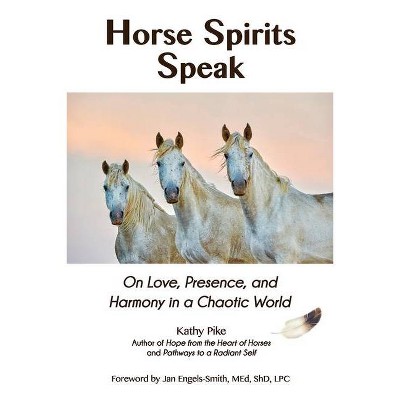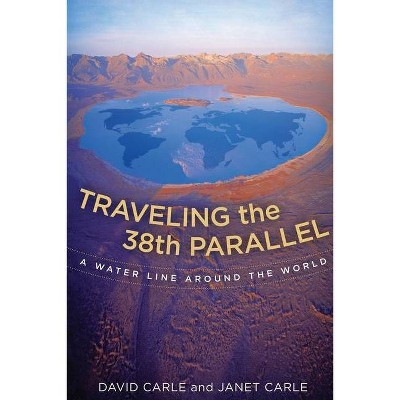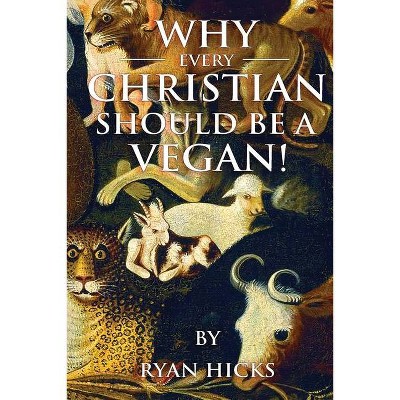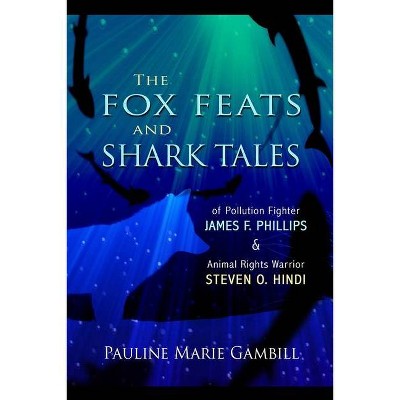Wild Solutions - by Andrew J Beattie & Paul R Ehrlich (Paperback)
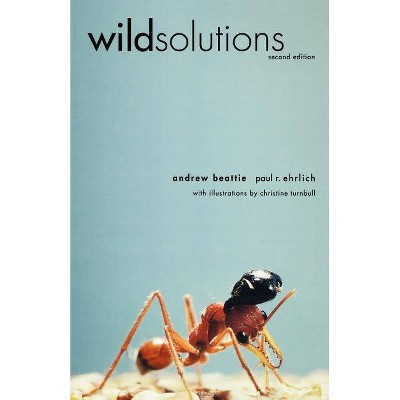
Similar Products
Products of same category from the store
AllProduct info
<p/><br></br><p><b> Book Synopsis </b></p></br></br>In this fascinating and abundantly illustrated book, two eminent ecologists explain how the millions of species living on Earth-some microscopic, some obscure, many threatened-not only help keep us alive but also hold possibilities for previously unimagined products, medicines, and even industries. In an Afterword written especially for this edition, the authors consider the impact of two revolutions now taking place: the increasing rate at which we are discovering new species because of new technology available to us and the accelerating rate at which we are losing biological diversity. Also reviewed and summarized are many "new" wild solutions, such as innovative approaches to the discovery of pharmaceuticals, the "lotus effect," the ever-growing importance of bacteria, molecular biomimetics, ecological restoration, and robotics. "An easy read, generating a momentum of energy and excitement about the potential of the natural world to solve many of the problems that face us."-E. J. Milner-Gulland, Nature "Must-reading for everyone."-Simon A. Levin, author of Fragile Dominion: Complexity and the Commons "An engaging book clearly intended to impress upon a lay audience the practical value of biological diversity. . . . An outstanding work."-Ecology "A most stimulating read for all those budding science students from secondary through graduate schools."-Science Books & Films<p/><br></br><p><b> Review Quotes </b></p></br></br><br>Winner of the 2001 National Outdoor Book Award in the Nature and Environment Category "<i>Wild Solutions</i> brilliantly regales the reader with the ingenuity and diversity of Nature, and with humanity's dependence on the fragile 'natural internet.' of our 'little-known planet.' It is a powerful imperative for the preservation of natural capital, so that we may continue to borrow upon it in improving our quality of life, and in maintaining our place on Earth. Must-reading for everyone."--Simon Levin, Princeton University "Wild Solutions reveals a living planet so rich in astonishing detail it reads like fiction. Yet in its living detail lies our much-needed signpost towards ecological sustainability."--Tim Flannery, Director of the South Australian Museum and author of <i>The Future Eaters and </i><i>Throwim Way Leg</i> <br><br><br>"Wild Solutions argues for the conservation of natural resources from a firmly utilitarian perspective. Taking examples from a wide range of taxonomic groups, Andrew Beattie and Paul Ehrlich demonstrate how often-overlooked species are fundamental to our continuing viability. . . . An easy read, generating a momentum of energy and excitement about the potential of the natural world to solve many of the problems that face us. . . . This is an inspirational book for the general reader. . . . The destruction of biodiversity is damaging the life-support systems on which we depend, and cutting off our options for the future. By using a huge range of examples, Beattie and Ehrlich get the point across very effectively."--E.J. Milner-Gulland, Nature<br><br><p/><br></br><p><b> About the Author </b></p></br></br><b>Andrew Beattie</b> is director of the Commonwealth Key Centre for Biodiversity and Bioresources and <b>Christine Turnbull</b> is research associate, both at Macquarie University, Sidney, Australia. <b>Paul R. Ehrlich</b> is Bing Professor of Population Studies in the department of biological sciences at Stanford University.
Price History
Price Archive shows prices from various stores, lets you see history and find the cheapest. There is no actual sale on the website. For all support, inquiry and suggestion messagescommunication@pricearchive.us
